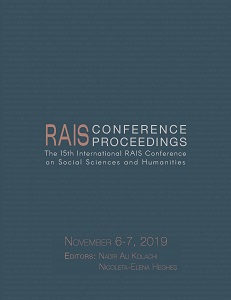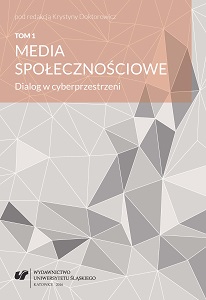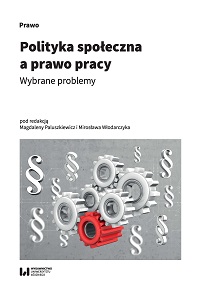
How Effective is Microfinance on Poverty Reduction? Empirical Evidence on ACSI (Ethiopia)
As per the World Bank report (2015), in 2000 Ethiopia had one of the highest poverty rates in the world, with 56 percent of the population living on less than (U.S.) $1.25 purchasing power parity (PPP) a day. According to International Fund Agricultural Development (2008), “Under the IFAD, initiated Rural Financial Intermediation Programme (RUFIP), impressive results have been achieved over the past five years in expanding outreach in the delivery of financial services by operationally sustainable microfinance institutions (MFIs) and RUSACCOs, with the clientele growing from about 700,000 to nearly 2 million poor rural households. The programme has demonstrated the potential of rural finance in enabling a large number of poor people to overcome poverty. Women account for about 30 per cent and 50 per cent of beneficiaries of MFIs and RUSACCOs respectively. However, much remains to be done, particularly in improving management information systems and expanding outreach to access-deficit and pastoral areas” Republic (2008). Based on the strategy of poverty eradication, microfinance institutions are playing significant role on the reduction of poverty and increase source of income by providing financial services, such as saving and credit to rural poor household society particularly poor women household. Therefore Amhara credit and saving institution (ACSI) has a significant effect on poverty alleviation and the institution stands for poor rural household and enable them to invest small sum of money in productive activity.
More...


